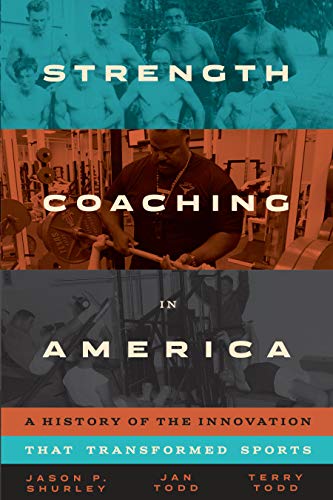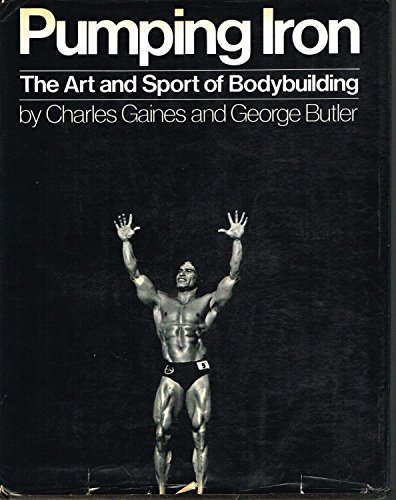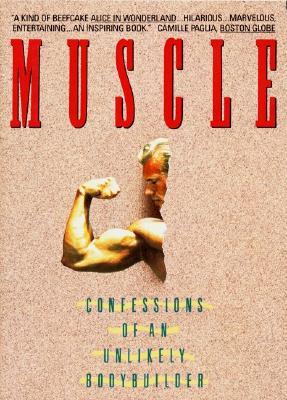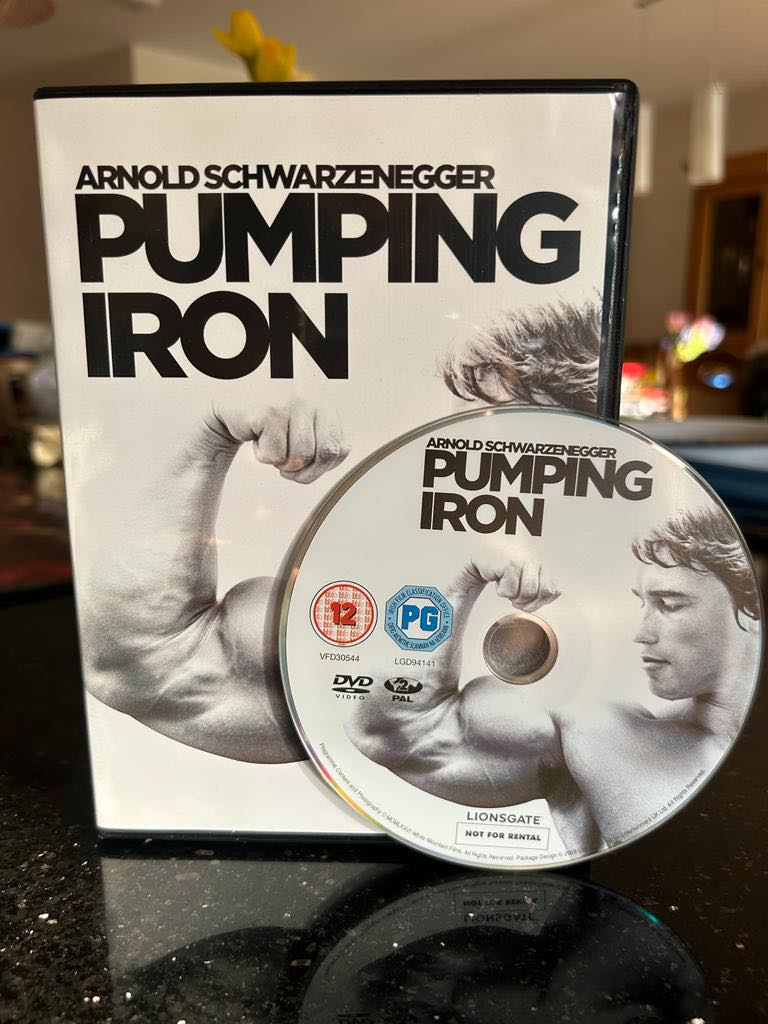Pumping Iron (1977) Movie Review
Who among us has not watched Pumping Iron? Released in 1977, this docudrama is viewed by many as the most iconic bodybuilding movie of all time.
It proved crucial in propelling bodybuilding into the mainstream of American society while also making a clear movie star out of Arnold Schwarzenegger and, most importantly of all, providing motivation for hundreds of thousands of later gym goers.
Pumping Iron tells the story of the 1975 IFBB Mr. Olympia and Mr. Universe shows in South Africa (1). More than that, the documentary showcases the rivalry between the champion Arnold Schwarzenegger, and the newcomer Lou Ferrigno.
Also featured were bodybuilding stalwarts: Franco Columbu, Serge Nubret, and Ed Corney. A secondary storyline also focuses on Mike Katz and Ken Wallers’ efforts to capture the Mr. Universe contest.
Incredibly, Pumping Iron was shot just over one hundred days, yet the movie speaks to the viewer on many levels (beyond bodybuilding).
Arnold, then a five time Mr. Olympia winner, speaks with supreme confidence, giving insight into his winning mentality. Lou Ferrigno’s vulnerability speaks to all of our childhood insecurities, while Mike Katz plays the role of the quiet teacher with a heroic spirit. This was a character driven documentary, and, true to form, those characters were larger than life. This explains, in part, just why the docudrama proved so popular with such iconic figures showcased from the Golden Era.
What was Pumping Iron about, and what made it so special? To answer that question, we need to delve into the state of bodybuilding both before and after the movie’s release.
Bodybuilding Before Pumping Iron
Pumping Iron was released in 1977. It was finished in 1975. For two years, the men responsible for its creation (George Butler, Charles Gaines, Robert Fiore and Jerome Gary) tried to raise enough money to complete the documentary and secure a popular release. The reasons why they found it so difficult spoke to the broader landscape of bodybuilding at that time.
When Pumping Iron was released, the majority of Americans did not go to the gym, nor had they ever entered one. Few knew the difference between a bench press and a shoulder press, while many viewed bodybuilders as strange. In a theme that would later be picked up in the movie, many viewed bodybuilders as vain, narcissistic characters.
America was becoming more and more health focused, but this focus was geared towards general health rather than bodybuilding. Even those familiar with bodybuilding viewed it as something different than wanting to lose weight and be healthy.
Furthermore, many believed bodybuilding was a deviant behaviour. Although American society was beginning to change, homosexuality and same-sex desire were still stigmatized in many states. Many individuals viewed bodybuilding as a homosexual and, in their eyes, deviant practice.
This association was not helped by the fact that many bodybuilder entrepreneurs, like Joe Weider, explicitly sold bodybuilding magazines and images as porn to gay communities.
So on the one hand, bodybuilding was viewed suspiciously by many in America during this time. And yet, remarkably, weight training was beginning to rise in popularity.
Strength Coaching in America, a wonderful and recent book by Jan Todd, Terry Todd and Jason Shurley (below), demonstrates the slow growth of weight training during this period.
 From the 1950s onward, more and more Americans (especially young men), were beginning to experiment with barbells. A tension existed then between the sport of bodybuilding and what went on in the gym.
From the 1950s onward, more and more Americans (especially young men), were beginning to experiment with barbells. A tension existed then between the sport of bodybuilding and what went on in the gym.
Furthermore, bodybuilding itself was in a state of flux. In 1965, Joe and Ben Weider launched the Mr. Olympia competition (2). Done in opposition to the Mr. America contest, run by the Amateur Athletic Union, the Olympia marked the true beginning of the Weider empire, but success was not guaranteed.
The creation of more competitions proved that more people were coming to the sport and piquing curiosity; yet was still viewed suspiciously.
In 1972, writer Charles Gaines and photographer George Butler were commissioned by Sports Illustrated to write an article on that year’s Mr. East Coast bodybuilding show. To say the two men quickly fell in love with the sport is an understatement. Halfway through the article, Gaines conceded that:
‘Bodybuilding as a competitive sport never has had the national sanction or interest that its participants think it deserves. To most Americans, it just seems so weird, all those huge people, who seem to resemble ordinary men the way a tattoo does a birthmark, posing and flexing up there in those little skimpy shorts.’
Despite these misconceptions, Gaines argued that bodybuilding was a beautiful, serious and impressive sport. He was hooked. So too was Butler. In 1974, the men published a book titled: Pumping Iron: the Art and Sport of Bodybuilding, focusing on the 1972 Mr. Universe in Baghdad and the 1973 Mr. Olympia in Brooklyn.
 The book sold well. In fact, it sold very well for a sport that few people in the mainstream seemed to care about. This was untapped territory in the media. Gaines and Butler knew it. So, for their next bodybuilding project, they decided to do something no one had done before, they were going to make an entire movie about bodybuilding. As you guessed, that movie was Pumping Iron.
The book sold well. In fact, it sold very well for a sport that few people in the mainstream seemed to care about. This was untapped territory in the media. Gaines and Butler knew it. So, for their next bodybuilding project, they decided to do something no one had done before, they were going to make an entire movie about bodybuilding. As you guessed, that movie was Pumping Iron.
The Movie
Initially, Pumping Iron was not just about elite bodybuilding. When they began filming the movie, George Butler and Robert Fiore felt that the public would struggle to understand what bodybuilding was. Even worse, they feared the public wouldn’t understand what elite bodybuilders did with their bodies.
To overcome these issues, they decided to include a well-known actor, Bud Cort, who would train alongside the bodybuilders. Cort, who starred in Harold and Maude, would train in Gold’s Gym, marvel at the size of the bodybuilders and, in time, build a little muscle himself. But there was a small problem: it didn’t make for good film. Cort knew it, and so did director George Butler.
Cort’s side story was scrapped, but not all was lost. In training with the Gold’s Gym elite, Cort’s time convinced Butler and Fiore that the bodybuilders didn’t need a movie star. They were enough.
Rather than a training video with Burt Cort, Pumping Iron turned into a docudrama about two of bodybuilding’s biggest competitions, the Mr. Olympia and the Mr. Universe contests. In essence, the movie is defined by two competitions: those between Arnold Schwarzenegger and Lou Ferrigno for the Olympia and Ken Waller and Mike Katz for the Universe.
We see the first half of the documentary as narrative building. Arnold, a five time Mr. Olympia champion, is presented as the dominant veteran who will stop at nothing to win. Viewers are treated to Arnold saying: the pump is better than coming, that he skipped his father’s funeral so he could train and that he previously sabotaged a bodybuilder’s contest by encouraging him to scream while posing.
Ferrigno is presented as the young, and vulnerable, challenger. At the beginning of the project, Butler hoped to turn Ferrigno into a villainous character. Ferrigno’s own vignettes, and scenes with his father, disrupted this plan. Speaking on his childhood, and the difficulties he faced growing up with a speech impediment and hearing difficulty. Thus, we see Ferrigno appear vulnerable and innocent, despite his giant frame. Arnold, however, comes across as Machiavellian.
These character contrasts were arguably repeated when featuring the main Mr. Universe contestants, Mike Katz and Ken Waller. Like Ferrigno, Katz had a difficult childhood. Bullied for his glasses and his Jewish heritage, Katz first took to football and then bodybuilding to prove himself.
Waller, on the other hand, is shown laughing and joking with others. At one point, we see him steal Katz’s lucky shirt before the contest to throw off his opponent. Although it was later revealed that Waller hadn’t stolen Katz’s shirt (the director shot a scene much later suggesting that he did—it was a docudrama after all!) the narratives were clear.
As we move closer to the contests, we are introduced to new characters and iconic scenes. We meet Arnold’s training partner, Franco Columbu. Although competing in the under 200-pound Olympia class, Columbu’s strength clearly matches that of his heavier rivals. During the documentary, we see Franco blowing up hot water bottles and lifting cars with ease.
Equally iconic are the images of Arnold training with Ed Corney on leg day. The scene, which is shown in many motivation videos, shows Corney and Arnold pushing themselves through a tortuous set. Corney will eventually collapse, while Arnold keeps the momentum going.
At this point, the documentary moves to Pertoria, South Africa, where the contests are held. We’re treated to last minute mind games between Arnold and Ferrigno, as well as Mike Katz searching frantically for his lucky shirt.
The men go on stage, flex their muscles and return to the dressing rooms confident in themselves. Arnold is declared the winner of his sixth Olympia. Waller wins the Universe.
Some hang their heads in disappointment Arnold smokes a joint and lies on a couch, victorious. For many, it was the perfect ending to bodybuilding’s best movie.
The Aftermath
After filming wrapped up, the money ran out. For two years, the film was in limbo before an amazing fundraising event took place. Butler held a bodybuilding exhibition at the Whitney Museum of American Art in New York.
At the event, the bodybuilders posed as living sculptures standing atop rotating platforms. The event helped to raise enough money to complete the film and, more importantly, brought some buzz to a film that many had forgotten about. Thousands clamoured to get in to view the men. It boded well for the documentary.
The initial impact of Pumping Iron cannot be overestimated. Aside from a core group of excited bodybuilders, the movie benefited from some rather unusual promotions. Jackie Kennedy helped promote the documentary to a wider audience, while newspapers and magazines began to comment on a strange but plucky movie with heart.
Arnold was already well known, thanks to his role in Stay Hungry, but his charisma in Pumping Iron shot him into the stratosphere of Hollywood. From there, he enjoyed acting gig after acting gig. For bodybuilders, the movie helped explain their pursuit to others. It even helped to bring more people to the sport.
One of the most important studies conducted on bodybuilders, Little Big Men (3), hints at the importance Pumping Iron had for the sport. Written by the sociologist Alan Klein, Little Big Men interviews several bodybuilders about their chosen pursuit. A running theme throughout the study is how influential Pumping Iron was. It helped introduce people to the sport, gave them regular motivation and, importantly, provided them with a new language of bodybuilding.
Pumping Iron’s influence was likewise shown in my favorite bodybuilding memoir of all time, Muscle: Confessions of an Unlikely Bodybuilder by Sam Fussell.
 Moving from educated elite to tough bodybuilder, the memoir tracks Fussell’s brief time in amateur bodybuilding. As Fussell explains in the memoir, Pumping Iron was equal parts motivation and instruction for him.
Moving from educated elite to tough bodybuilder, the memoir tracks Fussell’s brief time in amateur bodybuilding. As Fussell explains in the memoir, Pumping Iron was equal parts motivation and instruction for him.
From the 1980s to the present day, people have mimicked some of Arnold’s most charismatic sayings and behaviours. Gym floors were filled with mock Austrian accents talking about the ‘pump’ or why ‘milk is for babies.’
More seriously, many took Arnold’s open endorsement of mind games and brought them into local contests and competitions. For better or for worse, Pumping Iron dictated the next decade of bodybuilding culture.
The real importance of Pumping Iron is found in its longevity. Since its release in 1977, Pumping Iron has been regarded as the greatest bodybuilding film ever made. Its sequel, Pumping Iron II: The Women, was critically successful but commercially less so.
Similarly, a 1988 documentary entitled Battle for Gold failed to carry over into the public sphere in the same way.
Individual training videos from bodybuilders like Dorian Yates or Ronnie Coleman proved popular but not in the same way. They were for die-hard bodybuilders rather than the general public. The closest documentary we have seen in recent years has been the Generation Iron franchises.
None, however, have eclipsed Pumping Iron. As I said at the beginning of this post, it was the movie that brought bodybuilding into the mainstream, it was the movie that launched Arnold’s Hollywood stardom; and, most important of all, it was the movie that has inspired us gym goers since the 1970s.
Movie Rating: 9.8/10

References
(1) https://en.wikipedia.org/wiki/1975_Mr._Olympia
(2) https://www.oldschoollabs.com/mr-olympia-1965/
(3) https://books.google.mv/books/about/Little_Big_Men.html?id=z-ax2426Kw0C&redir_esc=y
Dr. Conor Heffernan was an assistant professor of sport studies and physical culture at the University of Texas, Austin. Dr. Heffernan now resides in Belfast, providing sociology of sport lectures at Ulster University, which specializes in European and American health. Dr. Heffernan’s work examines the transitioning nature of diets in the twentieth century.




